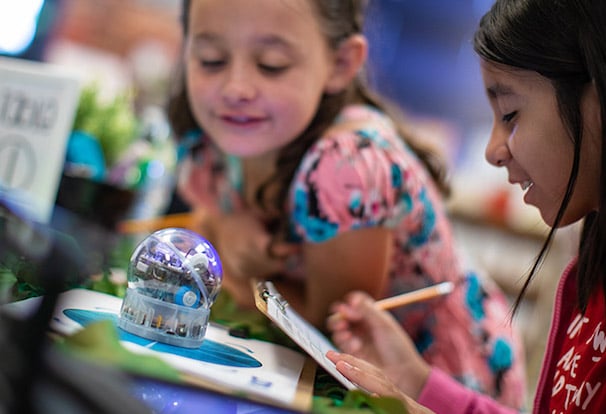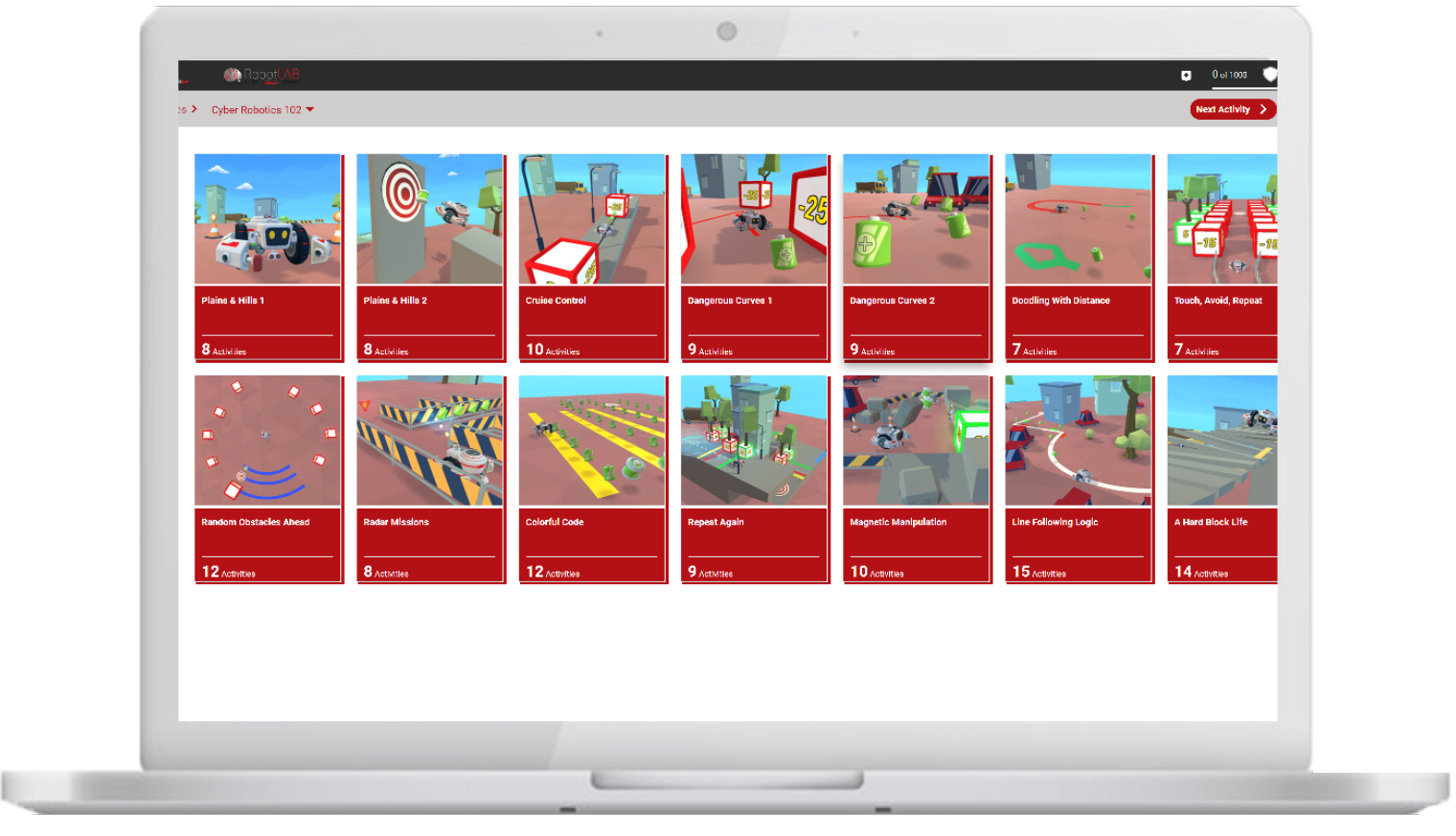Robotics education is becoming increasingly commonplace in schools. This is largely due to the fact that students in K12 schools will graduate into a workforce that’s rife with technology, in an era where robots will become widely used in our everyday lives.

Even if these kids choose a career other than coding or robotics, learning robotics teaches them many important skills such as analytical thinking, programming, teamwork, collaborative thinking, innovation and more. It can be easily incorporated into STEAM education, which is becoming more popular in schools worldwide.
According to Acer for Education, “Educational robotics strengthen and support students’ skills developing their knowledge through the creation, design, assembly, and operation of robots.
“Children and young students find it funny and engaging because they feel free to interact directly with both electrical and mechanical processes and procedures.
“In fact, the programming can be too difficult and boring when learned through the “traditional” abstract method. On the contrary, by having to control a physical robot and seeing what goes wrong, students learn what robots can and can’t do with an immediate experience and understanding.”
As robotics education is still in the early stages, there’s plenty of room for it to grow and reach more students all over the world.
Here are some common robotics trends EdTech experts observed in K12 education, according to Dennis Pierce, who writes for eSchoolnews.
Robotics education is becoming more accessible to everyone
Due to the nature of robotics, it’s not a cheap feature for schools to invest in. This is why public schools in many countries have been slower to adopt robotics education, but international and private schools lead the way.
Companies are making robotics education more accessible so that more schools can afford to offer it to students.
According to Pierce, “Two key barriers to integrating robotics into the general curriculum are cost and teacher capacity. Robotics manufacturers are taking several steps to reduce these barriers wherever possible.”
For example, Edison is offering supporting materials to teachers for free, which includes lesson plans and guides that help teachers conduct a robotics lesson effectively.
There’s also the CoderZ platform that “gives students a cost-effective way to learn about coding and robotics without needing expensive equipment. Students use a game-like interface to program virtual robots as they aim to solve various challenges.”
Robotics education is also being targeted more towards girls due to the fact that women are largely underrepresented in STEM.
“Many companies are also paying close attention to how their robotic devices are perceived and are trying to develop gender-neutral solutions,” wrote Pierce.
“For instance, BirdBrain’s original Finch robot was designed to resemble a bird so that it would engage both boys and girls. Wired reports that Wonder Workshop tested the design of its gender-neutral robots, Dash and Cue, on boys and girls to make sure the devices appealed equally to both genders.”
Younger learners are learning about robotics
Not too long ago, robotics education was targeted towards students in secondary school, but Pierce has observed a growing trend in younger students learning about robotics.
Early exposure to STEAM education is beneficial for students, and as they are naturally curious, they enjoy taking things apart and re-assembling them in engaging ways.
That’s why so many companies are coming up with products that target younger students so they can learn more about how robotics work.
According to Pierce, “KinderLab Robotics’ KIBO is a screen-free robotics kit that enables children ages 4-7 to design, create, decorate, and bring their own robot to life.
“Edison is a programmable robot designed to teach coding and computational thinking skills to kids as young as four as well. And Eduscape’s Photon is a robot whose five visual apps allow even non-readers to start learning to code at age five.”
Discover more K12 Trends with RobotLAB!

CoderZ is an online educational environment that improves students 21st century skills, while they are having fun programming their own virtual cyber robot. CoderZ and RobotLAB has different lessons to do at home! Check them out Here

